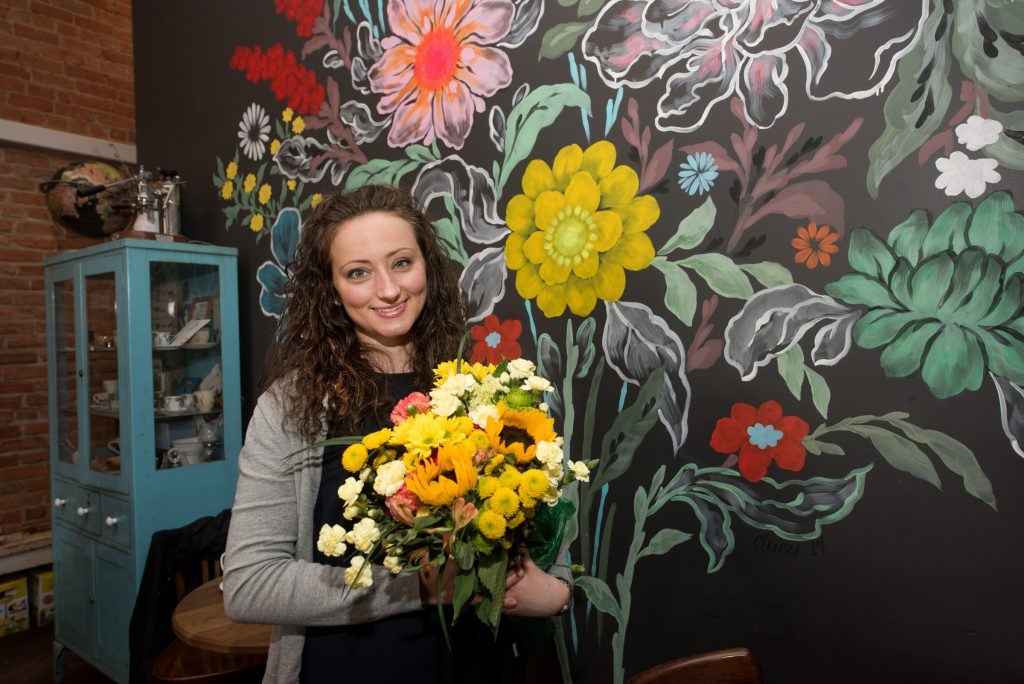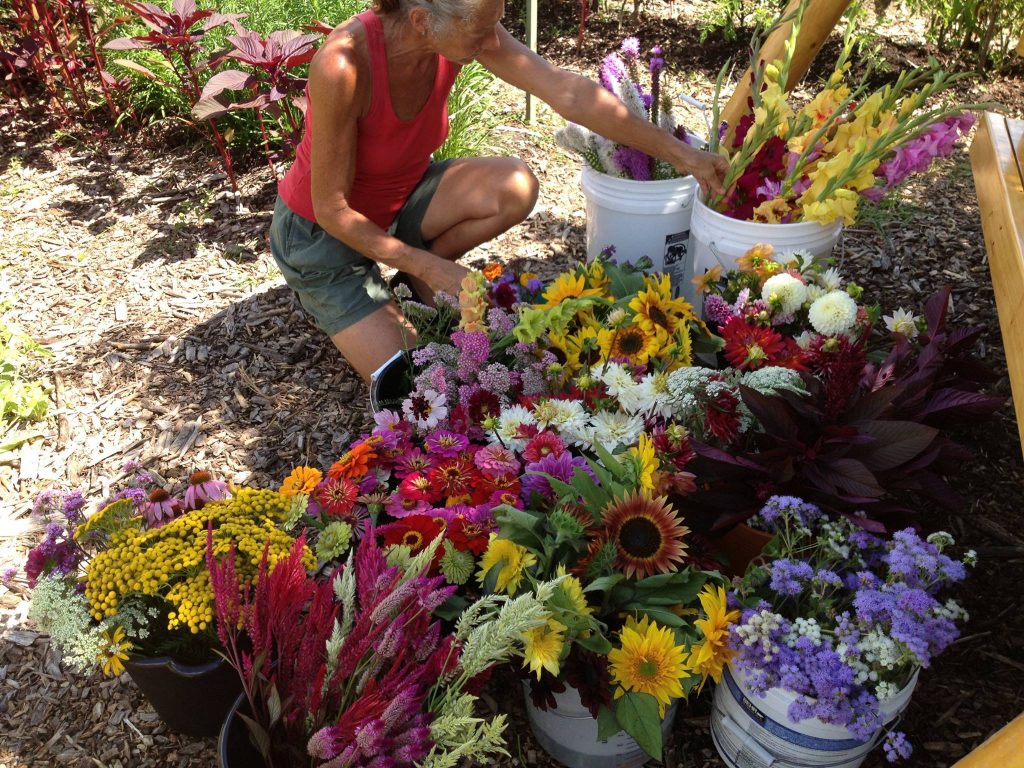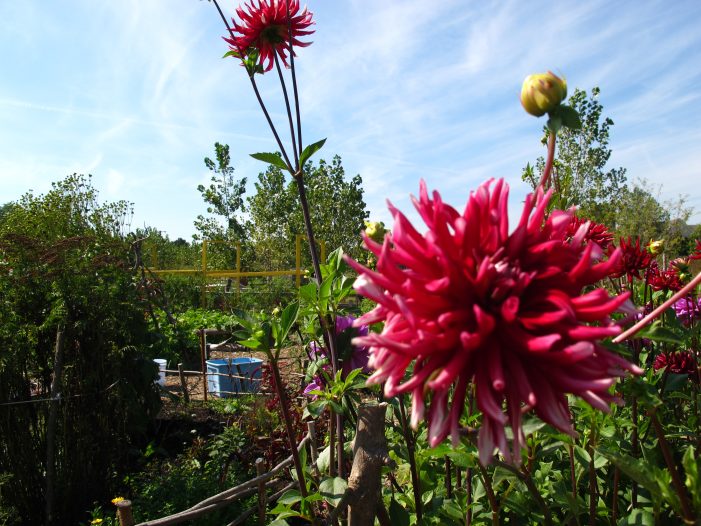Brightly colored blossoms will replace concrete cracks and overgrown weeds in lower east side Detroit communities this summer.
With support from a $25,000 Kresge Innovative Projects grant in 2015, the technical assistance provider, published, Greenfill Development: A Guide to Repurposing Vacant Lots for Flower Farming Enterprises.
The guide outlines two unique business models that will help Mack Alive and Jefferson Chalmers Community Food System (JCCFS) convert blighted parcels into small businesses that specialize in cut flower arrangements.

Lydia Rae Levinson, planning and technical program manager for Michigan Community Resources (MCR), says the vision evolved from MCR’s collaboration with the Michigan Vacant Property Coalition during the nationwide foreclosure crisis. The Detroit Abloom project blossomed from that.
“It’s an extension of the vacant property work we’ve been doing for years, but it’s different in that it’s the first time we’re getting into the implementation part of it,” says Levinson. “We decided we wanted to work on the lower east side because of all the great work that’s been done there with the Lower Eastside Action Plan (LEAP).”
LEAP is a community-driven project that engages people in transforming vacant land and property into uses that improve the quality of life in neighborhoods and surrounding areas. Mack Alive and JCCFS were chosen after a call for applications and announcement at a LEAP stakeholder advisory meeting.
Planting and growing is slated at two Mack Alive neighborhood lots in the area of Fisher and Mack, north of Indian Village, and nine JCCFS south of Jefferson Ave. near Grosse Pointe Park. MCR received a Kresge Innovative Projects: Detroit grant will be used to implement the program.
Perennials, sunflowers and other varieties that can be sold as bouquets will be the product.
“At first we thought about all kinds of crops. We thought about alfalfa or lavender or some sort of a biodiesel crop, but then we realized cut flowers were much more preferential,” Levinson says. “You can generate more revenue growing flowers than you can growing vegetables.”

Revenue aside, some east-siders who’ve witnessed their fair share of urban gardens in recent years are averse to having food grown near their homes, fearing edible crops draw rodents, says Nancy Wiegandt, JCCFS treasurer.
She says JCCFS supports biodiversity and flowers help the environment.
“I love to grow things,” she says. “I’ve been a gardener for more than 30 years now. I didn’t start growing vegetables until a few years ago, and flowers just became a part of the garden.
“I’ve never met anyone who wasn’t just ‘wowed’ by flowers.”
Wiegandt counts the neighborhood fortunate that “Detroit Abloom,” conceived with help from JCCFS co-founder Tom Milano, will eliminate land blight. A park, designed to encourage visitors, will be an added attraction.
“We have so many parcels, and it can be distressing to look at,” she says.
Research has also shown that neighborhoods with healthy greenery and well-maintained appearances lower their visibility as targets for crime.
The ultimate goal is for both JCCFS and Mack Alive to use Greenfill Development as a blueprint to develop hiring operations where flowers are grown, cut, arranged and used to supply local businesses, Levinson says.
Coffee and (___) on Jefferson Ave. has already signed on to sell Detroit Abloom bouquets, adds Wiegandt.
“It was an awesome experience to work with these two groups, and we really got a chance to move outside of the box,” says Levinson. “The Greenfill plans are designed so they can be scaled up or down, so if you had more or fewer lots it could still be adapted.”
For additional information visit: https://mi-community.org.
Greenfill Development: A Guide to Repurposing Vacant Lots for Flower Farming Enterprises can be downloaded at https://mi-community.org/greenfill-development/.


